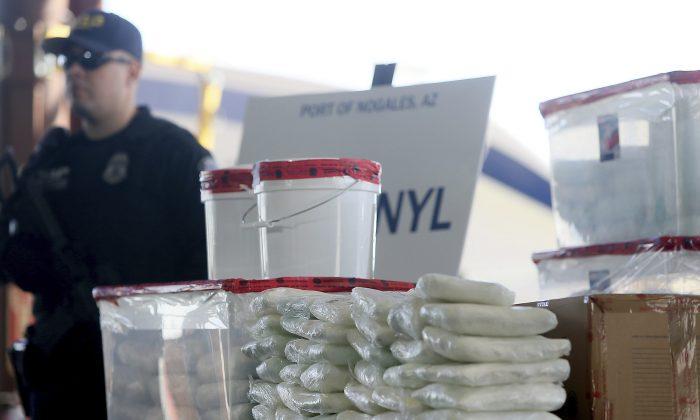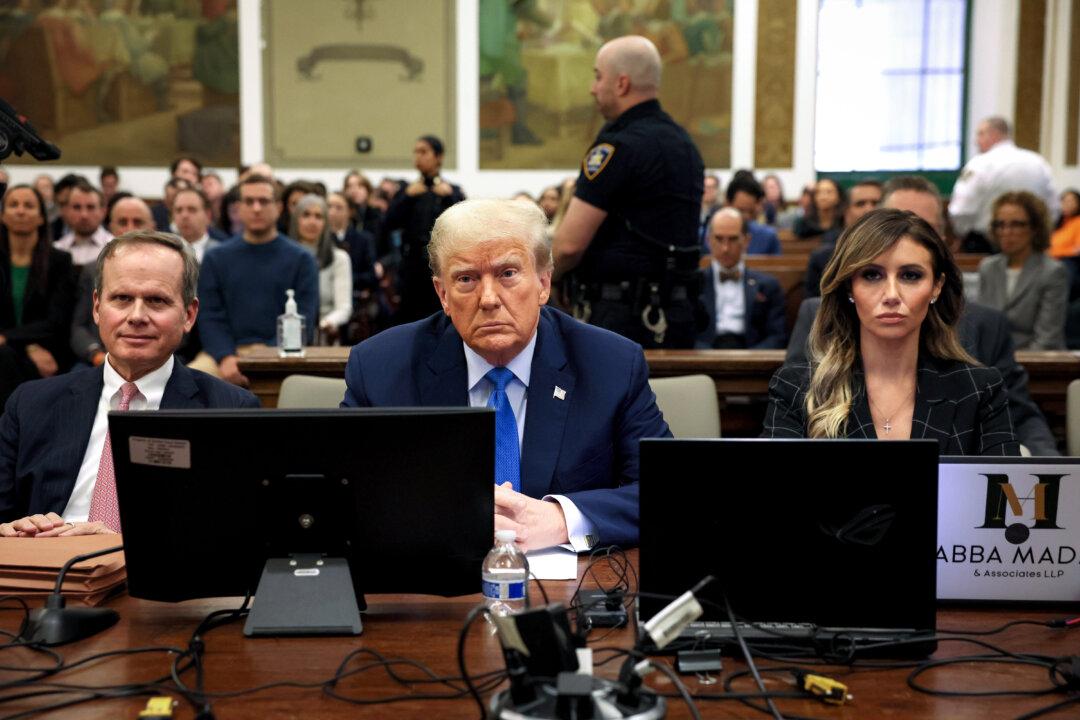Why is China the world’s latest drug pusher? And how did they get there?
The “Century of Humiliation”
The relationship between China and the West began in an unfortunate way. From the late-18th century until the late 19th century, China fought its own drug war. Two of them, actually. Even though opium was criminalized by the Chinese emperor since at least 1729, over the next 150 years, China would battle a national drug epidemic fueled by the illegal importation of opium by the British, and to a lesser extent the French, Portuguese, and Americans.China Leverages 21st Century Technology
Since the early 2000s, after its admission into the World Trade Organization, China has made some tremendous advances in high tech industries. In less than two decades, it has become a world leader in sophisticated biosciences. Their expertise goes well beyond biotechnology, into biopharmaceuticals and especially new areas of study such as genomics, the mapping and manipulation of the human genome.Biosciences A National Priority
With the opening to Western investment and technology in 1978, the Chinese people were given the opportunity to develop their talents and industrial base. With billions of investment dollars flowing into China every year, the Chinese Communist Party (CCP) made bioscience knowledge and technology transfers a national priority. Like other manufacturers, they invited foreign drug companies from the United States, Europe, and elsewhere to make their products up to 80 percent cheaper, and thus more profitable, in China.China was quickly able to leverage foreign investment and technological know-how into its own sprawling life science industry. That’s due not only to China’s highly educated workforce, but because developing a robust biotechnology sector is a necessity as its population ages.
The Thousand Talents Plan
That rapid growth is being helped along by China aggressive knowledge-gathering policy known as the “Thousand Talents Plan.” This program not only invites Chinese bio scientists and academics living abroad to return home to continue their research and development, but is intended to also attract foreign bioscience talent as well. Leading scientists and medical device developers around the world are offered full professorships or the equivalent at Chinese universities and laboratories, high compensation, excellent funding, and the freedom to pursue their research. The plan has seen some success and continues to attract some of the top talent in the world to China.Made in China 2025
Much has been made of China’s 2025 Plan, and for good reason. It’s nothing less than a publicized blueprint of the Chinese regime’s plan to dominate the world in key technology sectors. Biopharma and the biosciences play a big role in their 2025 strategic planning and China is well-positioned to meet that goal. Its enormous consumer market means that it can get top drugs to foreign drug makers at cut rate prices and participate in the latest pharmaceutical technologies.Foreign Investment Boomerangs On The West
New drugs that deliver new highs are a major export for China. Small and not-so-small laboratories manufacture and sell drugs derived from or related to fentanyl, one of the world’s deadliest and most profitable narcotics, as well as others that mimic cannabinoids and more. These sophisticated new drugs are then funneled into the West via well-established distribution centers throughout the United States, the United Kingdom, and other countries.Illegal Drugs and Chinese ‘Analogues’
As in other instances where technology develops faster than the legal structure, China is leveraging its technological know-how to create new, very powerful, and highly addictive drugs and marketing them to the West. But China’s drug lords know how to game the system. In the United States and other Western countries, a distinction is made between legal and illegal drugs. That’s a mistake. Legality has virtually nothing to do with lethality.Chinese “analogues”—complex new drugs that are often supercharged synthetic versions of substances that are already illegal, but differ slightly on the molecular level—are killing users, mainly young people, at an alarming rate. They haven’t been outlawed because the law is largely ignorant of their existence. There are literally hundreds if not thousands of variations, making it almost impossible for law and customs enforcement to keep track of them.
But will the CCP really do anything? Its goal is to replace America in global leadership in all areas. Why wouldn’t the Chinese regime do everything it can to damage America on every level and enrich itself in the process? Why wouldn’t the CCP prefer to see America struggle with drug addiction more, not less? That’s what happened with the Opium Wars and the Chinese have long memories.
How the tables have turned.






Friends Read Free